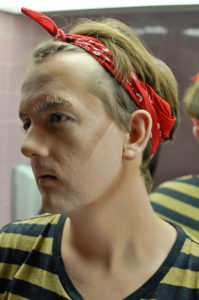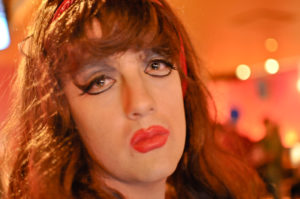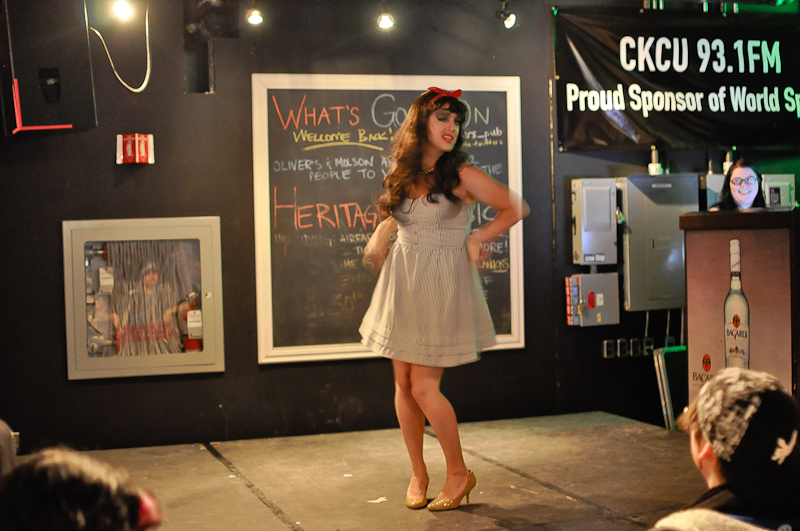It takes a village to raise a drag queen.
The summer of 2013 is when I first fell in love with drag. My anchor, my love, my friend, Chris, had just returned from a year abroad.
I was impatient to show him the new city I had discovered during the hottest and most energetic days of my life—four months spent careening towards beautiful oblivion, an attempted rock and roll suicide.
Chris had been away for all of this, an irony not lost on us, since Chris often finds himself as a sort of matriarch for our friends.
 Every Kramer needs a Jerry and without ours, unattended, we acted like a gang of kamikaze pilots on shore leave. Long ago we all silently acknowledged that it was indeed better to burn out than to fade away, and so like the cigarettes we thoughtlessly consumed one after the other, we moved fatally on.
Every Kramer needs a Jerry and without ours, unattended, we acted like a gang of kamikaze pilots on shore leave. Long ago we all silently acknowledged that it was indeed better to burn out than to fade away, and so like the cigarettes we thoughtlessly consumed one after the other, we moved fatally on.
Blame it on a lack of a good conscience, but that summer without Chris, we were out for blood. Upon his return however, late in August, we all regained some sanity and sense of mortality. We started taking care of ourselves, because someone cared.
While languidly making our way to dinner on the eve of September, Chris introduced me to the world of drag. New names fell on my tongue, self-made and sweet—Carmen Carrara, Madame LaQueer, Jinx Monsoon, Sharon Needles. I savoured their humour and femininity, enamoured by the idea of constructing an entirely new person, new gender, new identity.
 How beautiful, I thought, to create your own version of a woman, and be able to live it. How divine, to be met, post-transformation, with revere. The courage, ingenuity, and talent of these queens (a name hard-won yet perfectly fitting—no one crosses royalty, bow down bitches) was intoxicating.
How beautiful, I thought, to create your own version of a woman, and be able to live it. How divine, to be met, post-transformation, with revere. The courage, ingenuity, and talent of these queens (a name hard-won yet perfectly fitting—no one crosses royalty, bow down bitches) was intoxicating.
I fell down the most glamorous of rabbit holes. Big wigs paired with bigger heels, cheek bones that could cut a man—the most refreshing aspect of it all was the lack of a male gaze.
These men were performing womanhood because they wanted to. They weren’t trying to impress men or adhere to a heteronormative binary. In fact, heteronormativity was tossed out like last night’s eyelashes. Armed with the potentially oppressive tools of the patriarchy (eyeshadow, hair extensions, lipstick), the female gender was re-appropriated and used to turn gender roles on their head.
In a quasi-Duchampian act, they are women because they say so. In the same way that a bicycle wheel can be art, a man can be a woman.






